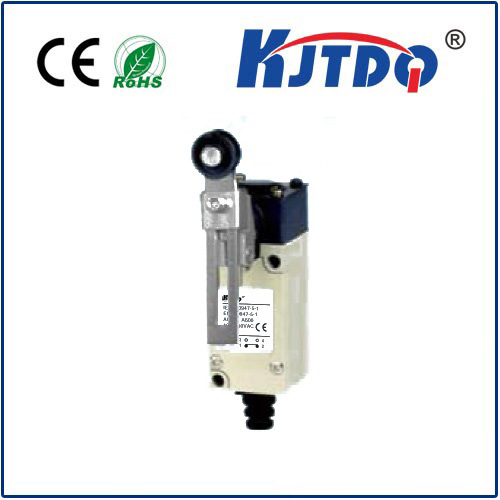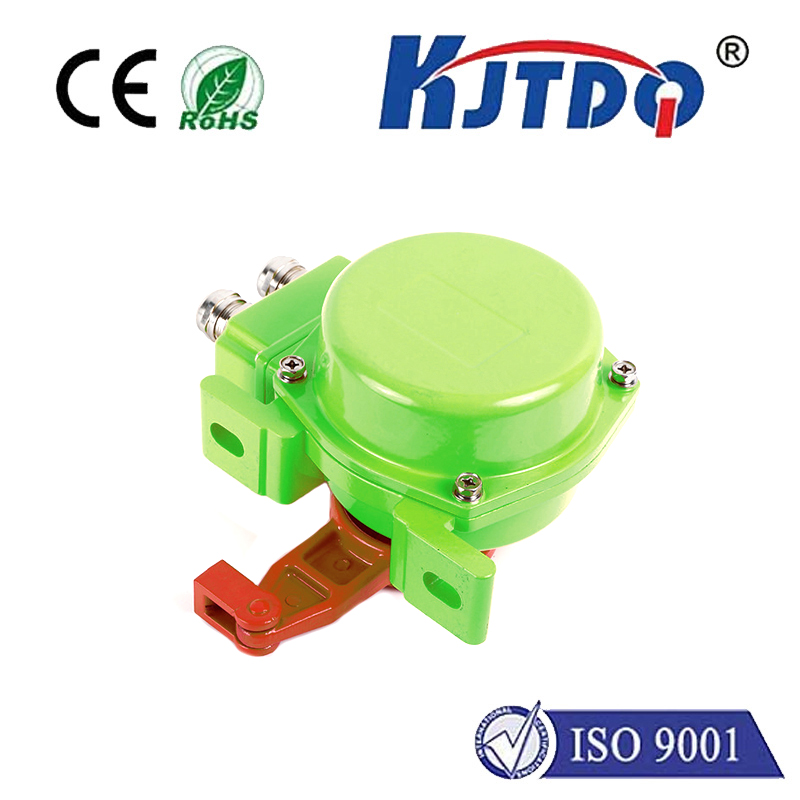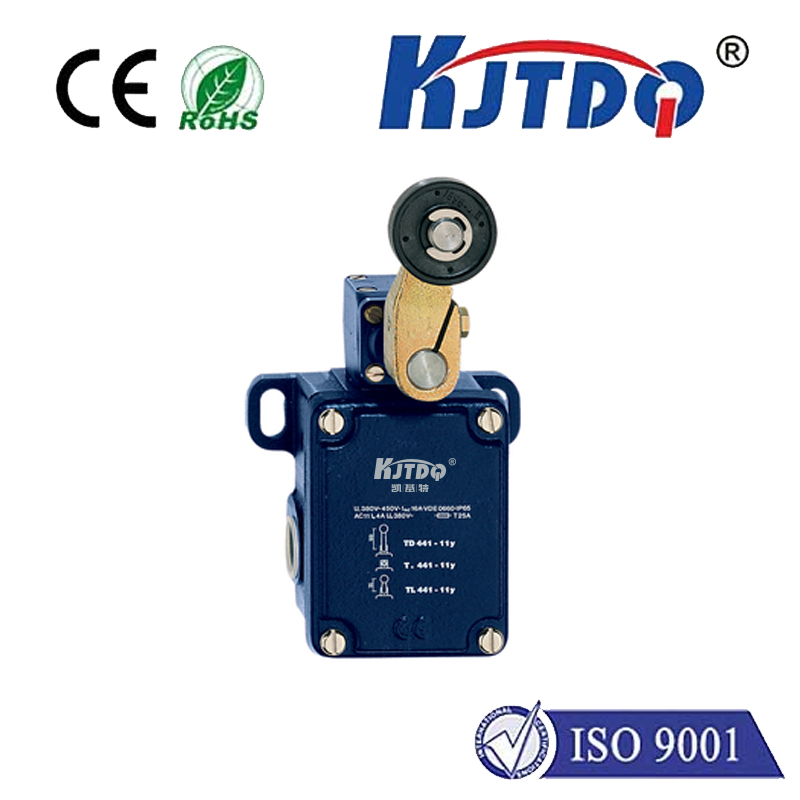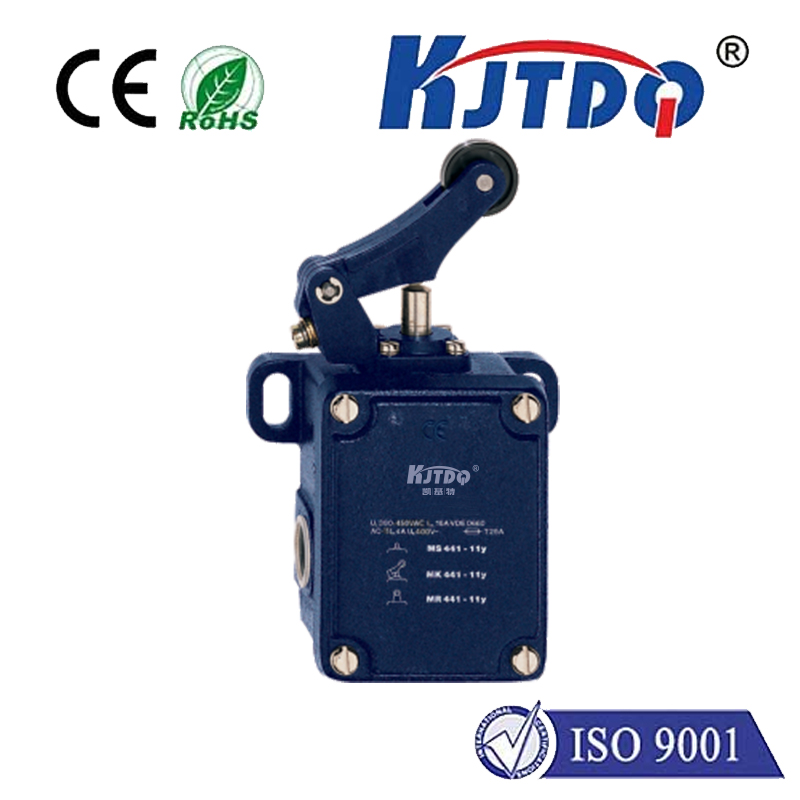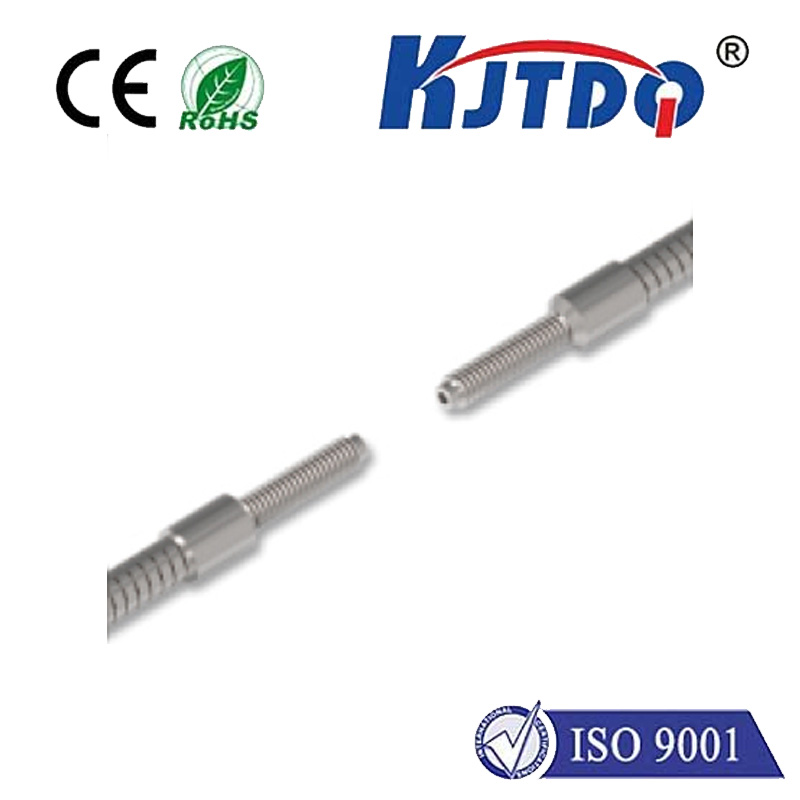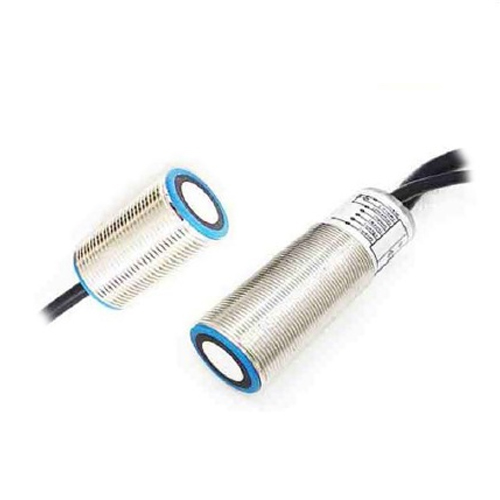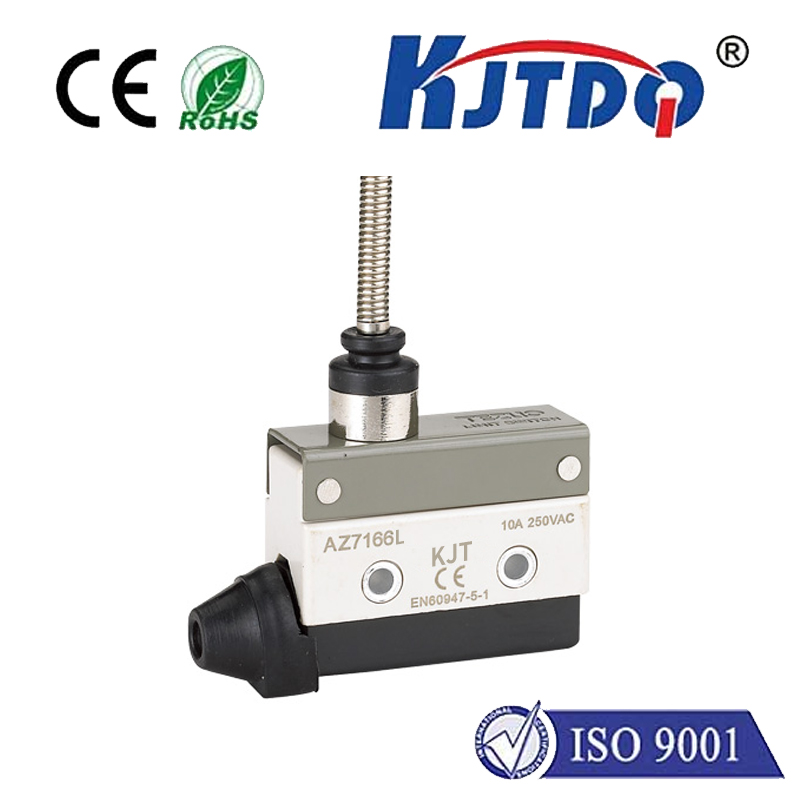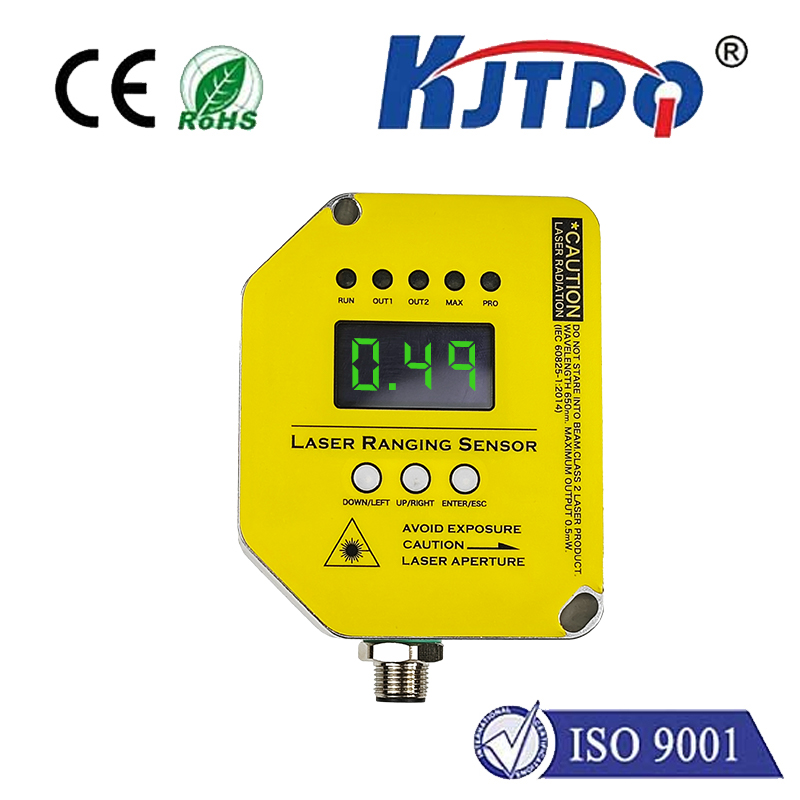Защитный экран
- time:2025-09-14 02:28:11
- Нажмите:0
Safety Light Curtains: The Essential Guard for Modern Machinery
Imagine a high-speed press descending, a robotic arm swinging with immense force, or an automated packaging line moving at blinding speed. Within these vital industrial processes lies inherent risk. Protecting human operators from these dangers while maintaining productivity is paramount. This is where safety light curtains, a cornerstone of modern machine safeguarding, step into the light – quite literally.
What Exactly Is a Safety Light Curtain?
Often referred to as a presence sensing safety device or an opto-electronic protective device (ESPE), a Защитный экран functions as an invisible barrier. It consists of two main components: a transmitter and a receiver, mounted opposite each other across an access point to a hazardous area. The transmitter projects an array of parallel, closely spaced infrared light beams towards the receiver. When all beams are received uninterrupted, the machine operates normally. However, if any beam is broken – by a hand, finger, arm, or even a tool – the safety light curtain instantly sends a stop signal to the machinery’s safety control system, halting hazardous motion before injury can occur.
Why Choose Light Curtains Over Physical Guards? The Compelling Advantages

While fixed guards are crucial for enclosing hazards completely, safety light curtains offer unique flexibility and operational benefits:
- Unmatched Accessibility: Unlike fixed guards that require removal for feeding parts, maintenance, or adjustments, light curtains provide a non-contact solution. Operators can safely access the point of operation to load or unload parts without physically removing a barrier, significantly improving process efficiency and reducing downtime.
- Maximized Visibility & Communication: A clear line of sight is maintained between operators and the machine process. This vital visibility allows for better monitoring of operations and facilitates easier communication among personnel, enhancing overall situational awareness.
- Advanced Protection for Complex Points: They offer superior safeguarding for hazardous areas with irregular openings or points of operation where physical guarding is impractical or would impede necessary access. Precision perimeter guarding is achievable even in challenging configurations.
- Reduced Operator Fatigue: Eliminating the constant need to open and close heavy physical guards reduces physical strain on operators, contributing to a more ergonomic work environment.
- Enhanced Safety Through Integration: Modern safety light curtains integrate seamlessly with safety PLCs and control relays, enabling sophisticated safety functions like muting (temporarily suspending the safety function for non-human objects like pallets) or blanking (deactivating specific beams to accommodate permanent obstructions, strictly following safety standards).
Key Technical Aspects: More Than Just Light Beams
Not all light curtains are created equal. Several critical specifications define their suitability and performance:
- Protection Height & Resolution (Finger/Safety Detection): The height covered and the spacing between beams determine the level of protection. Finger safety detection requires beam spacing ≤ 14mm (typically 14-30mm) to prevent a single finger from penetrating undetected. Hand detection (30-40mm spacing) or larger body part detection is used for less intricate risks. Resolution is crucial for ensuring even small body parts trigger the safety stop.
- Response Time: Measured in milliseconds, this is the time it takes for the system to detect a beam interruption and send the stop signal. A faster response time is essential for safeguarding against high-speed machinery. This directly impacts the safety distance calculation required during installation.
- Safety Integrity Level (SIL) / Performance Level (PL): These international standards (IEC 61508, ISO 13849) quantify the reliability of the safety function provided. Light curtains are typically rated PL c/d/e or SIL 2⁄3, indicating their suitability for applications with higher or lower risk levels. Category rating (like Cat. 3 or Cat. 4) under ISO 13849 also defines the architecture’s ability to tolerate faults.
- Type (According to IEC 61496): Type 2 light curtains provide basic protection with lower fault tolerance. Type 4 light curtains offer the highest level of safety integrity, incorporating sophisticated self-monitoring for internal faults like LED failure or receiver issues, making them suitable for most demanding industrial applications. Type 4 is the industry standard for critical risk reduction.
- Environmental Resistance: Look for robust IP ratings (e.g., IP65, IP67) ensuring protection against dust and water ingress, crucial for harsh factory environments. Resistance to electrical noise (EMC) is also vital.
Selecting and Implementing Your Safety Solution
Choosing the right Защитный экран involves careful consideration:
- Risk Assessment: A thorough analysis of the machinery and associated hazards is the essential first step. This determines the required protection level (resolution, PL/SIL, Type).
- Calculating Safety Distance: Applying formulas (e.g., per ISO 13855) using machine stopping time and light curtain response time ensures the hazardous area is inaccessible before the machine stops. This determines mounting position.
- Integration: The light curtain must be correctly hardwired into the machine’s safety control circuit (e.g., via a safety relay or PLC), ensuring the stop signal reliably halts hazardous motion. Functional safety principles are paramount.
- Testing & Validation: Regular testing (as per the manufacturer’s instructions and safety plan) and validation by competent personnel ensure the system remains effective over time. Documenting these checks is crucial for compliance.
Adherence to Standards: Non-Negotiable Safety
Compliance with international and regional safety standards is not optional; it’s a legal and ethical obligation. Key standards governing safety light curtains include:
- IEC 61496-1 & -2: Specifically for Electro-Sensitive Protective Equipment (ESPEs), defining requirements and tests.
- ISO 13849-1 / IEC 62061: Covering the safety of machinery control systems, including performance levels (PL) and safety integrity levels (SIL).
- ISO 13855: Provides guidance on positioning safeguards with respect to approach speeds of parts of the human body.
- Local Regulations: Standards like ANSI B11.19 (US) or Machinery Directive 2006/42/EC (EU) incorporate these ISO/IEC standards.
Beyond the Factory Floor: Diverse Applications
While manufacturing is the primary domain, safety light curtains find crucial roles in numerous sectors:
- Robotics: Protecting workers interacting with collaborative robots (cobots) or working near traditional industrial robots.
- Packaging: Safeguarding operators near sealing, cutting, and forming stations on high-speed lines.
- Automotive: Used extensively in assembly lines, press shops, and welding cells.
- Перевозка материалов: Securing access points to automated storage and retrieval systems (AS/RS), palletizers, and conveyor pinch points.
- Woodworking & Metal Fabrication: Guarding saws, presses, bending machines, and laser cutters.


